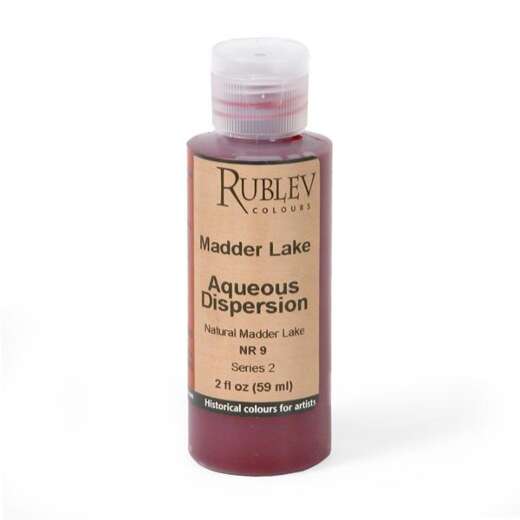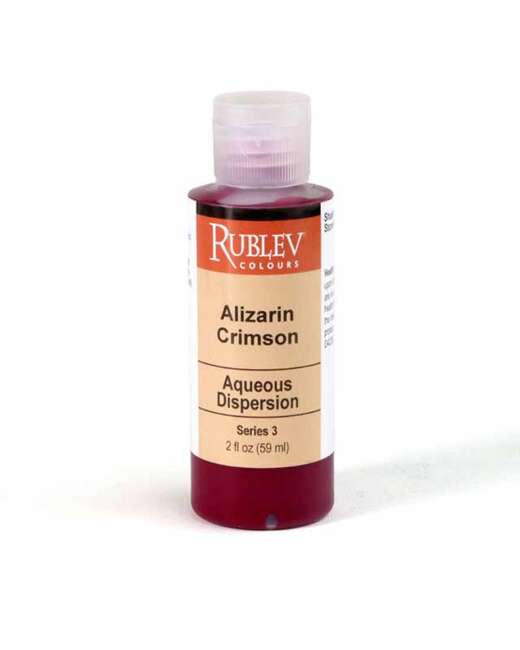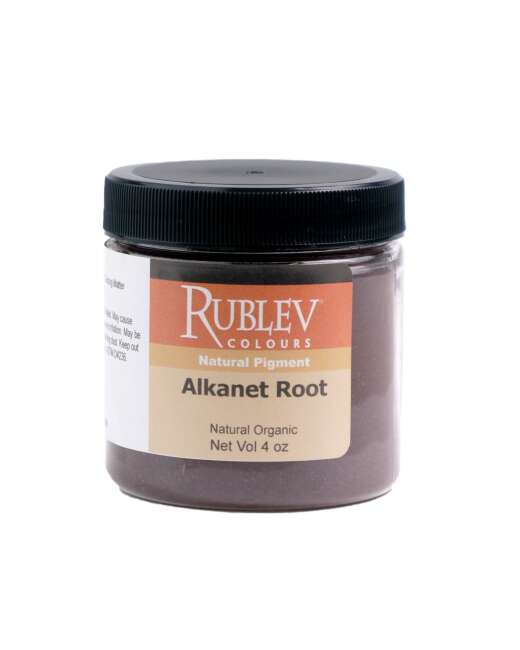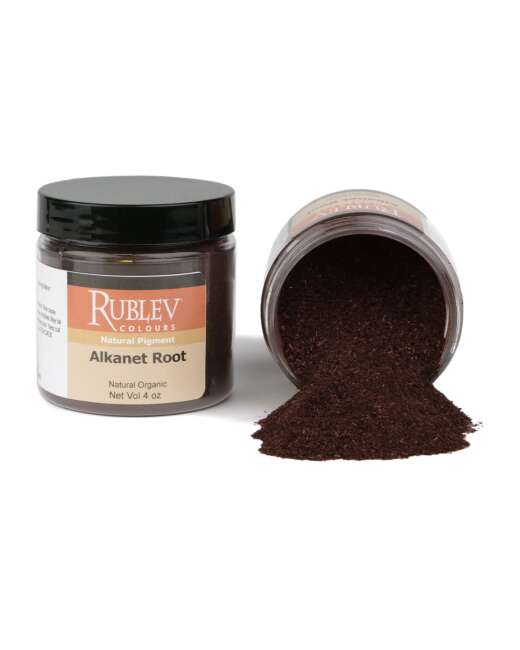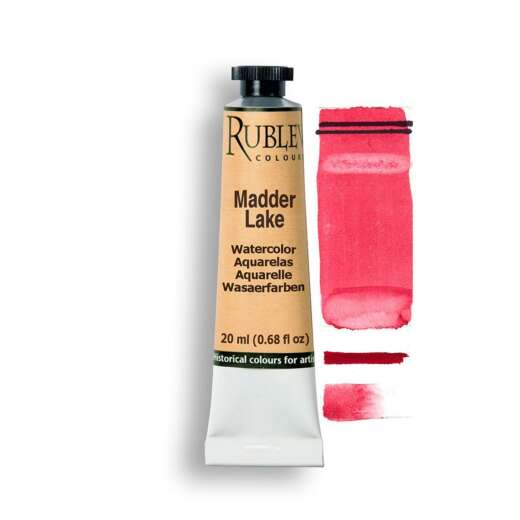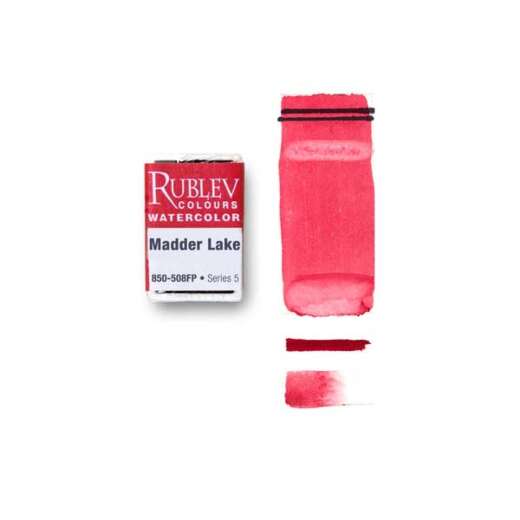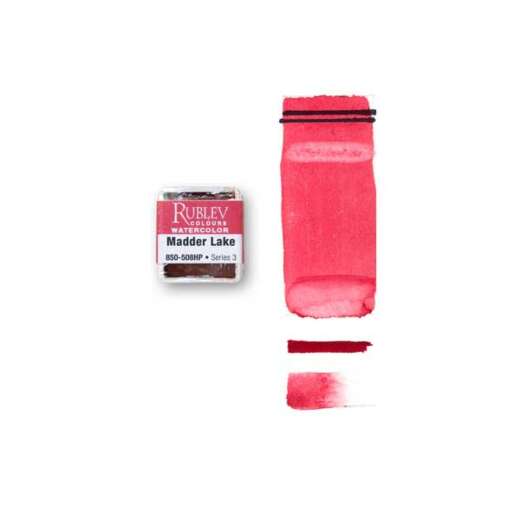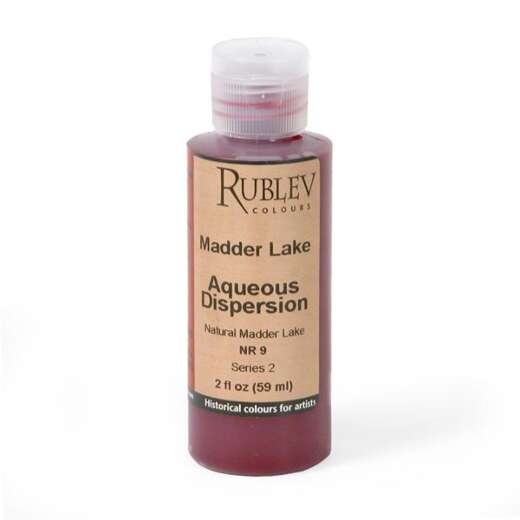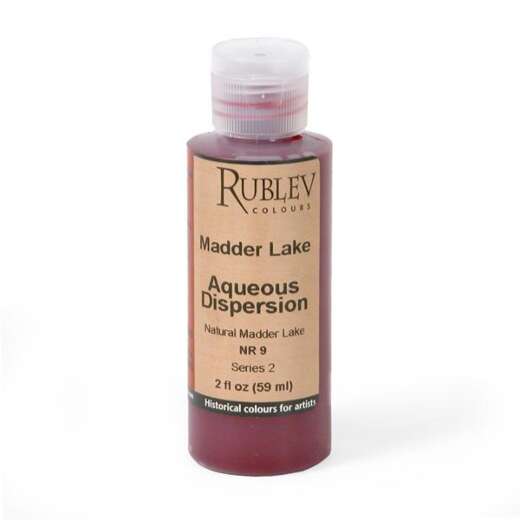Terra Merita—Turmeric Lake Pigment

Terra-merita is a vegetable color produced by the decoction of an Indian root (Curcuma longa). This reference (Osborn 1849) describes the pigment produced from the plant known in culinary as turmeric. The yellow-orange extract is prepared from the root of the Curcuma longa plant by drying and powdering, then by solvent extraction, typically with ethyl acetate. The resulting powder is 18 times stronger in the essential ingredients than is the common spice, which is simply a powdered form of the dried root. Curcuma longa extract is a polyphenol that is oil-soluble in its natural state. The extract is without flavor and aroma. It readily colors any substance if there is oil present.
A search on the term terra-merita reveals that it refers to the principal colorant in turmeric with the chemical name of (1E,6E)-1,7-bis(4-hydroxy-3-methoxy-phenyl)hepta-1,6-diene-3,5-dione (C21H20O6), CAS Number 91884-86-5 and Colour Index Natural Yellow 3 (75300).
Riffault describes the pigment in the following (Riffault 1874):
Curcuma or terra merita.
This root is also known under the names of Souchet, Indian saffron, Curcuma rotunda, and C. longa (Lin.), according as it is round or elongated. These two kinds come from the East Indies and differ but slightly. The elongated one is more commonly found in the trade, and is cylindrical, twisted, nearly as thick as the little finger, and orange-yellow inside. Its fracture resembles wax, the thin envelope is like shagreen, its taste is hot and bitter, and the smell is analogous to that of ginger.
The round curcuma forms ovoid tubercles, nearly as big as English walnuts, and, when newly gathered, united with filaments. The envelope is gray, and presents many circular rings. The properties of this curcuma are the same as those of the preceding one. Berthollet once examined a sample of curcuma from Tabago, and found it superior to that generally met in the trade, not only as to the size of its roots, but also in the greater proportion of its coloring principle.
This substance is of a deep color, and no other yellow is brighter, but it is not lasting (fast). Common salt and sal ammoniac are the best mordants to fix this color, although they darken it towards a brown. A small proportion of hydrochloric acid is also recommended. The best roots are very fragrant, heavy, compact, and saffron-yellow. Their quality is best judged when fresh and whole, although they are employed dry and powdered. Painters use curcuma for painting floors.
From an analysis by Vogel and Pelletier, the composition of curcuma is —
Yellow coloring matter, or curcumin,
Brown " "
Substance analogous to extracts,
Lignin,
Amylaceous fecula,
Gum in small proportions,
Bitter and fragrant volatile oil,
Chloride of sodium.
It is with ether that the neutral substance of a splendid yellow color is extracted, although not very fast, called curcumin.
To give more durability and greater depth to the orange-yellow color of Curcuma, it is often mixed with Avignon berries and Carthamus.
This is a fugitive pigment, which would be expected of a natural organic colorant.
References
Laughton Osborn, Pierre Louis Bouvier. Handbook of young artists and amateurs in oilpainting: being chiefly a condensed compilation from the celebrated manual of Bouvier, with additional matter selected from the labors of Merimée, de Mmontabert and other distinguished continental writers in the art in seven parts. John Wiley, 1849. p. 52.
Jean René Denis Riffault des Hêtres, Armand Denis Vergnaud, G. Alvar Toussaint, François Malepeyre. A practical treatise on the manufacture of colors for painting: comprising the origin, definition, and classification of colors; the treatment of the raw materials etc. Translated by A. A. Fesquet. H.C. Baird, 1874. p. 365-366.



